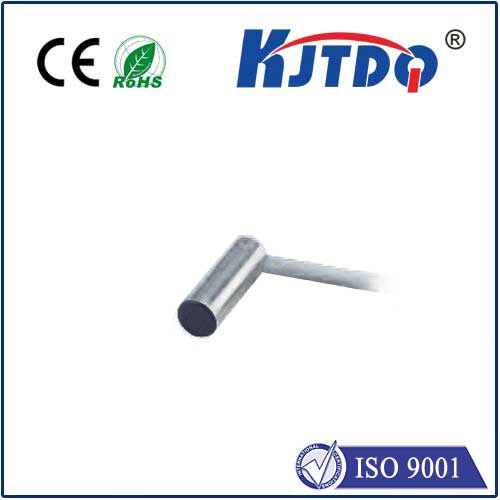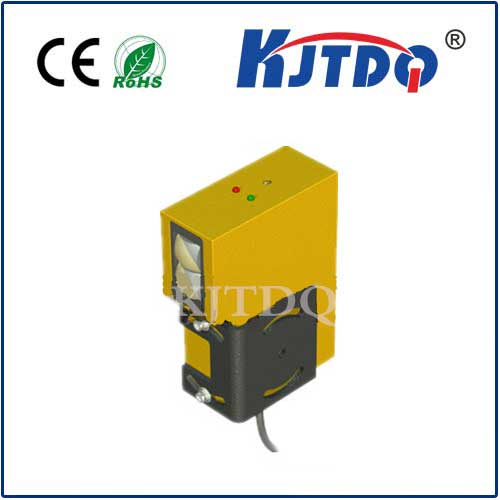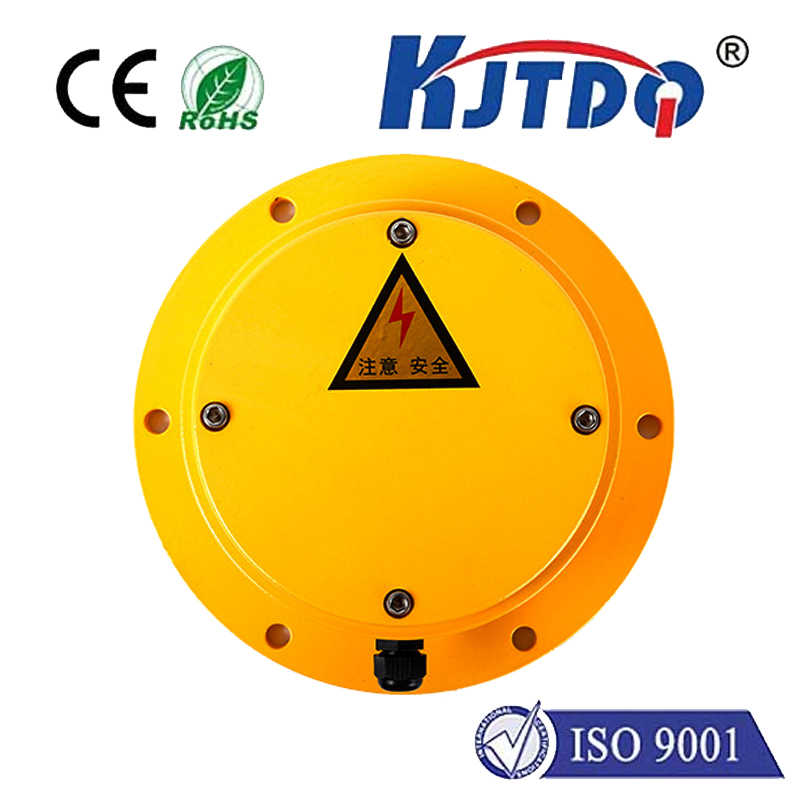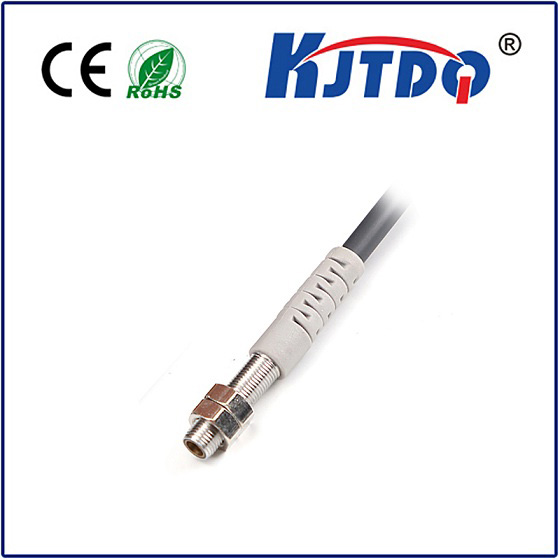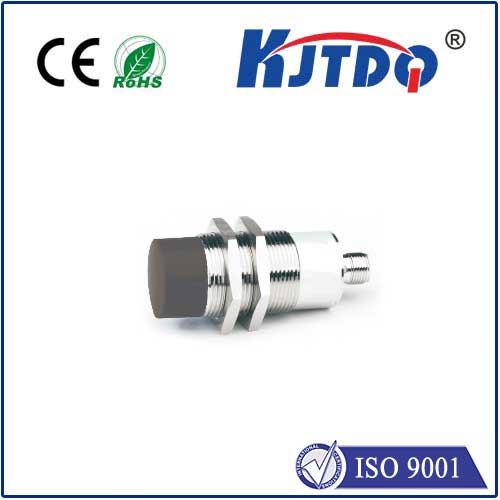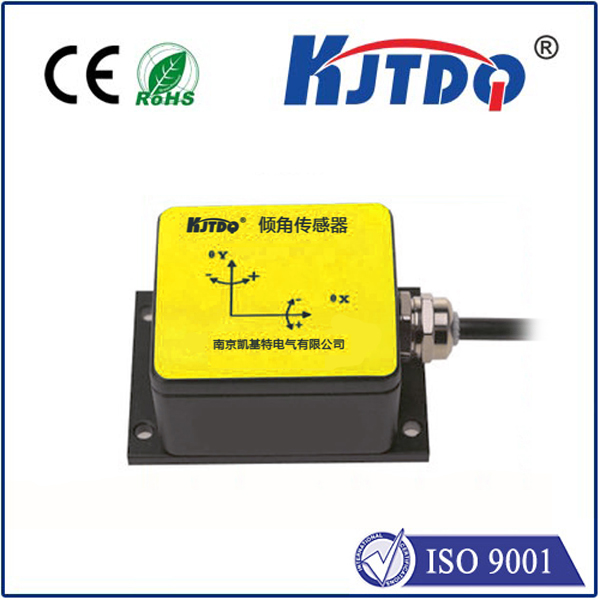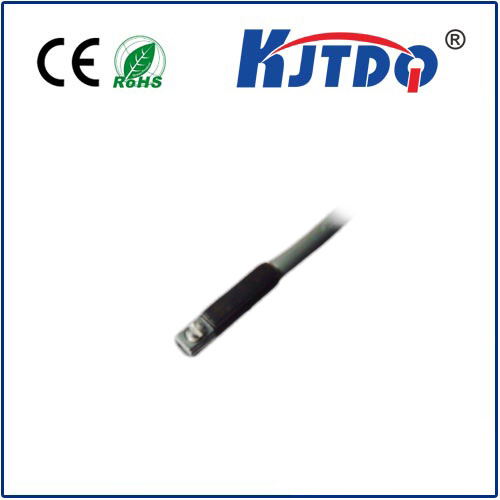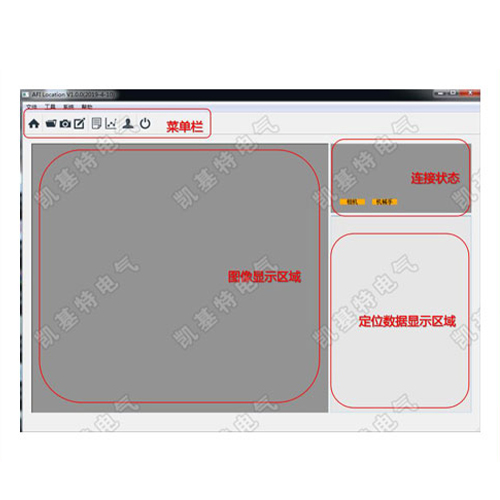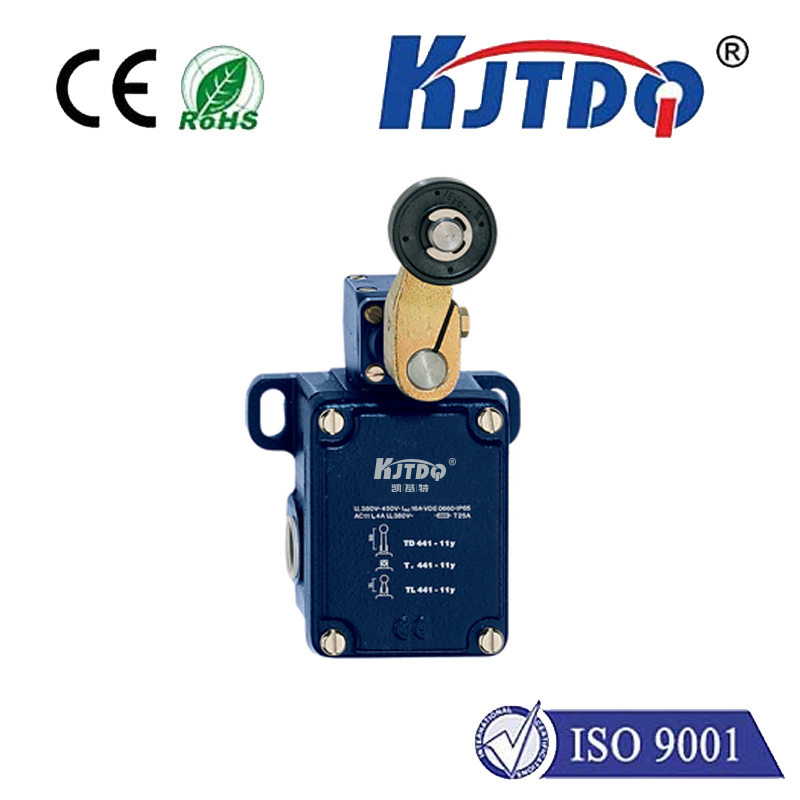v 153 1c25 micro switch
- time:2025-08-03 03:06:44
- Click:0
Precision Control at Scale: The Essential Role of the V153-1C25 Micro Switch in Industrial Applications
In the intricate dance of modern industry, where colossal machines hum with power and intricate lines assemble complex products, reliability is not just desirable – it’s paramount. Often, the critical link between control systems and mechanical action comes down to components most people never see: tiny, unassuming switches. Among these unsung heroes, the V153-1C25 micro switch stands out as a proven workhorse, delivering precision control in demanding industrial environments. Understanding its characteristics and applications reveals why this specific model is a cornerstone of dependable operation.
Micro switches, fundamentally, are snap-action switches. This means they don’t transition gradually between states (ON/OFF); they “snap” rapidly, ensuring a clean, definite electrical signal the moment their actuator is moved past a specific point. This characteristic is vital for several reasons:
- Electrical Arc Prevention: Fast switching minimizes the time electrical contacts spend in partial contact during transition, reducing wear and potential arcing damage, enhancing longevity and safety.
- Precise Actuation: The snap-action provides a consistent actuation point, crucial for applications requiring exact positioning or limit detection.
- Reliable Feedback: The distinct tactile and often audible “click” provides immediate physical confirmation of activation for operators and system feedback.
- Durability: Despite their small size, quality micro switches like the V153-1C25 are built to withstand millions of cycles.
The V153-1C25: Built for Industrial Rigor
While “V153-1C25” is a specific model designation commonly found within certain manufacturer lines (often associated with Omron or similar global component suppliers), it signifies a switch designed to meet demanding specifications. Its key features typically align with the requirements of heavy-duty industrial use:

- Robust Construction: Typically featuring a durable phenolic or similar insulating housing, protecting internal components from environmental stress, vibration, and impact.
- High Current/Voltage Rating: Engineered to reliably switch industrial control circuits, motors, solenoids, and indicator lights, handling significant electrical loads with appropriate current and voltage ratings.
- Long Mechanical Life: Rated for millions (often 5M+) of operations, essential for high-cycle production equipment or frequently activated safety devices.
- Versatile Actuator Style: The “V” designation often implies a hinged lever actuator. This long lever type is crucial for several reasons:
- Leverage: Allows activation with minimal force applied at the lever tip.
- Precision Positioning: Enables the switch to be mounted away from the point of contact, activating the switch when the lever is deflected by a moving part (e.g., a door, a carriage, a cam).
- Adjustability: The lever length can often be modified or specific tip styles (roller, pin plunger) fitted to the hinge, adapting to diverse application needs.
- Quick-Make/Quick-Break Contacts: Reliable snap-action mechanism ensures consistent switching performance.
- Standard Terminal Configuration: Typically features solder lug or screw terminals for secure, vibration-resistant wiring connections.
Where Precision Meets Punishment: Key Applications
The V153-1C25 micro switch excels in scenarios requiring dependable position sensing, limit detection, safety interlocking, or state confirmation in harsh conditions:
- Industrial Automation & Machinery:
- Limit Switches: Defining the endpoints of travel for robotic arms, linear actuators, conveyors, and CNC machine tool axes. Ensures machines stop or reverse direction precisely at defined limits.
- Position Sensing: Detecting the presence or absence of parts on assembly lines, verifying tooling positions, confirming cylinder extension/retraction.
- Door/Gate Interlocks: Ensuring safety by cutting power or halting operation when machine guards or access panels are opened (critical safety function).
- Control Panel Interfaces: Used in pushbuttons or selector switches where the lever action provides reliable actuation feedback.
- Material Handling & Packaging:
- Conveyor jam detection, box presence sensing for filling/capping machines, pallet position verification, end-of-travel stops for lift mechanisms.
- HVAC Systems:
- Damper position detection, fan status sensing, safety cut-offs on large blowers or compressors.
- Commercial & Appliance Applications:
- Door interlocks on vending machines, laundry equipment (washer lids), commercial ovens, point-of-sale devices.
- Transportation & Heavy Equipment:
- Door status on buses/trains/vehicles, seat occupancy sensors, brake pedal position switches.
The Lever Advantage: Why “V” Matters
The hinged lever actuator (V designation) is arguably the defining feature enabling the V153-1C25’s widespread industrial adoption. This design offers significant advantages over simpler plunger-type micro switches:
- Reduced Operating Force: The lever multiplies the force applied at its tip, requiring less force from the object contacting it to actuate the switch reliably. This is gentler on mechanisms.
- Increased Actuation Travel: The lever allows the switch to be actuated over a longer distance, providing a larger target zone for the moving part to engage and offering tolerance for slight misalignment.
- Mounting Flexibility: The switch body can be mounted securely to a fixed structure while the lever extends into the path of a moving component, optimizing space utilization and simplifying installation.
- Enhanced Durability: The lever takes the mechanical impact, protecting the switch’s internal plunger mechanism from direct damage.
Selecting the Right Micro Switch: Beyond the Model Number
While the V153-1C25 micro switch is a proven standard, specifying it requires careful consideration:
- Current/Voltage Rating: Match the switch’s rated load (AC/DC, Amps, Volts) precisely to the circuit it controls.
- Actuator Length & Style: Ensure the lever length and tip (roller, pin, flat) suit the application’s stroke, force, and contact surface.
- Environmental Conditions: Consider temperature extremes, humidity, dust, chemicals, oils, and washdown requirements. IP ratings are essential for harsh environments; supplementary sealing might be needed.
- Electrical Configuration: Confirm contact configuration (SPDT - Single Pole Double Throw is common), terminal type (solder, screw, quick-connect), and wiring requirements.
- Certifications: For safety-critical applications (like interlocks), ensure the switch carries appropriate certifications (UL, CSA, cULus, VDE, etc.).
The Unseen Guardian of Process Stability
The V153-1C25 micro switch, in essence, is a marvel of precision engineering packed into a compact, robust form factor. Its enduring popularity across countless industries stems from its rugged tactile feedback, consistent snap-action performance, and the unparalleled versatility offered by its hinged lever actuator. From safeguarding operators through interlocks to ensuring robotic arms move with exacting precision, this essential industrial component quietly underpins the safety, efficiency, and reliability of modern manufacturing and automation. Its ability to translate a simple physical movement into a crucial electrical signal, millions of times over, makes it an indispensable element in the complex symphony of industrial control.






